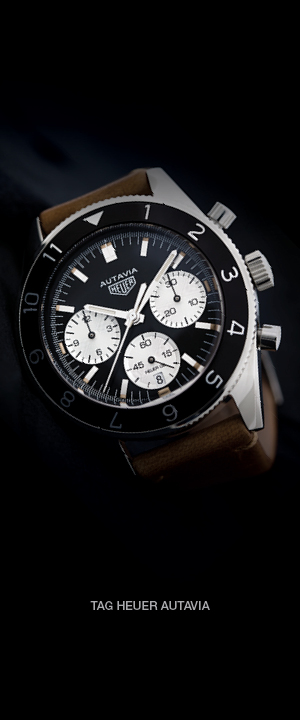A crazy creation in fitting with the unconventional ethos of watchmaking rebels MB&F.
MB&F has never been a brand to do things the conventional way. Since the brand was formed back in 2005, Maximilian Büsser and his crazy cohort of friends have produced some of the world’s most groundbreaking timepieces, shattering the notion that a watch is a watch. MB&F creations are known as “machines” rather than watches — a reflection of the fashion in which Büsser approaches horology.
The brand’s latest crazy creation, Octopod, comes in the form of an eight-leg, eight-day clock inspired by cephalopods, marine chronometers and James Cameron’s 1989 thriller The Abyss. Made in collaboration with storied clockmaker L’Epée 183 (a partnership which has been in place for many years, seeing the production of a raft of other MB&F machines including Starfleet Machine, Destination Moon, Sherman and Balthazar), the Octopod blends contemporary design with kinetic sculpture to create a precise horological instrument.

Octopod stands or crouches thanks to its eight articulated legs — each of which can be individually adjusted to varying heights, enabling the machine to rest securely on the even the most rugged of surfaces, just like a real octopus. However, the real horological magic takes place in the Octopod’s completely transparent spherical head.
The first piece of genius to note is that the Octopod’s transparent sphere is gimballed in a similar way to what one might find on a traditional ship chronometer. While for ships this was designed to make sure it remained flat despite the pitching and rolling of the vessel, for the Octopod, the gimbal ensures that no matter what angle or height it sits, it’s easy to rotate the bubble so that the time display inside is easily viewable.
"We see mechanical watches and table clocks as kinetic sculptures, as mechanical art pieces. And like art, they should stir up emotions and memories. ”
Even more impressive is the mystery of how the Octopod’s clockwork is suspended inside its crystalline sphere, so that it appears to be floating in space. The baseplate of the movement is a transparent glass plate that has been treated with a layer of anti-reflective coating on both sides, rendering it virtually invisible — much like an octopus concealing itself with clever camouflage.
It gives you the time, but that’s really not the point: time is a secondary benefit.
And even more impressive still is the Octopod’s pulsating escapement, which regulates the clock’s precision and is located on its minute hand rather than the more usual (and no doubt mechanically simpler) position attached to stationary movement plates. While not technically a tourbillon according to Abraham-Louis Breguet’s original patent, with its movement vertical, the 60-minute rotation of the Octopod’s regulator on the minute hand is actually pretty close to the primary aim of Breguet’s invention — to rotate the escapement of a pocket watch, averaging out positional errors. So, you could say Octopod also has an “alternate tourbillon”.
Available in three limited editions of just 50 pieces each in black PVD, blue PVD, and palladium (silver), the Octopod is a must in the collection of any self-respecting horology nerd.
MB&F’s MoonMachine 2 is as illusory and breathtaking as the lunar phenomenon captured in its design.


Discussion